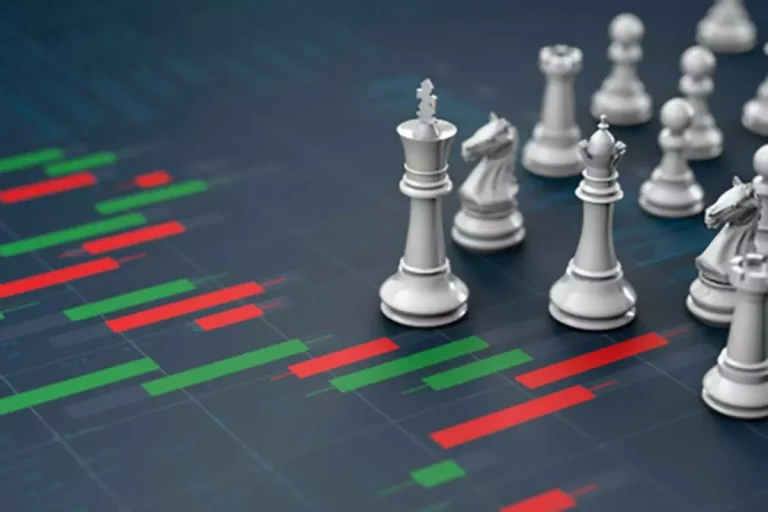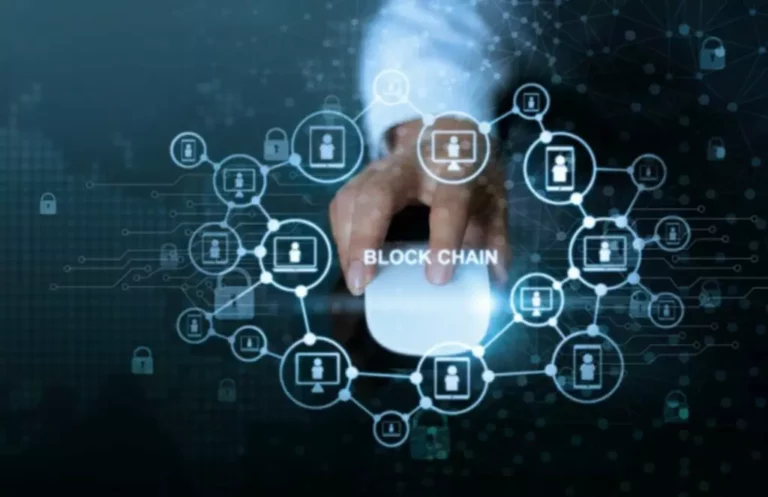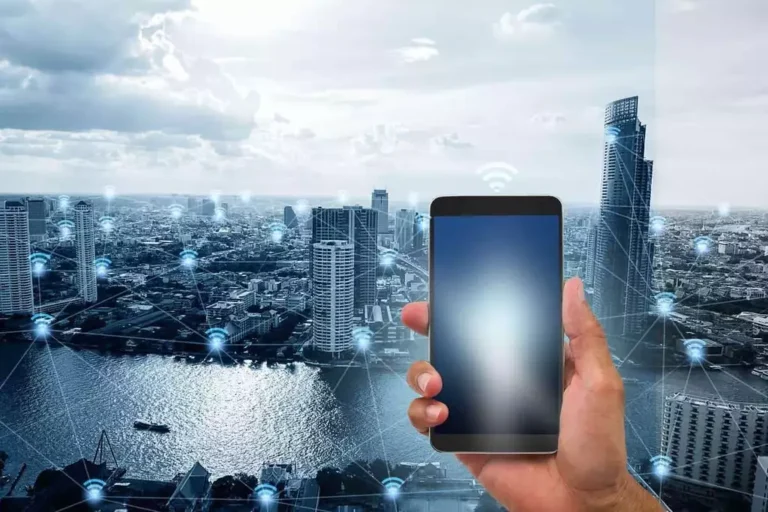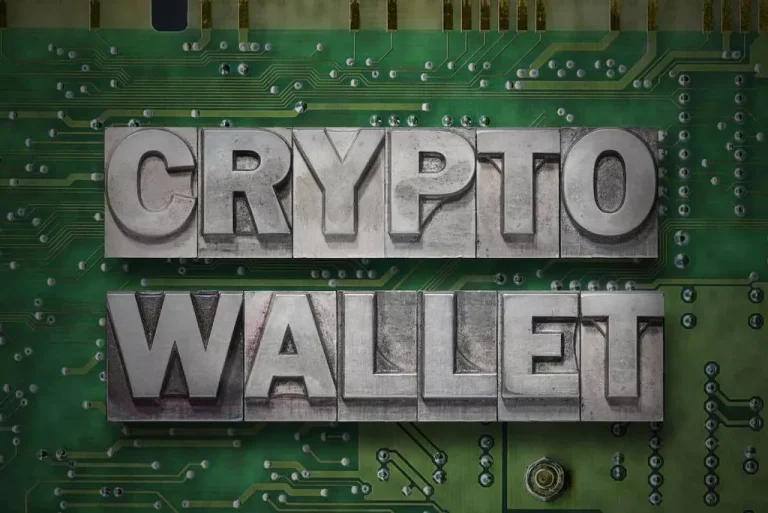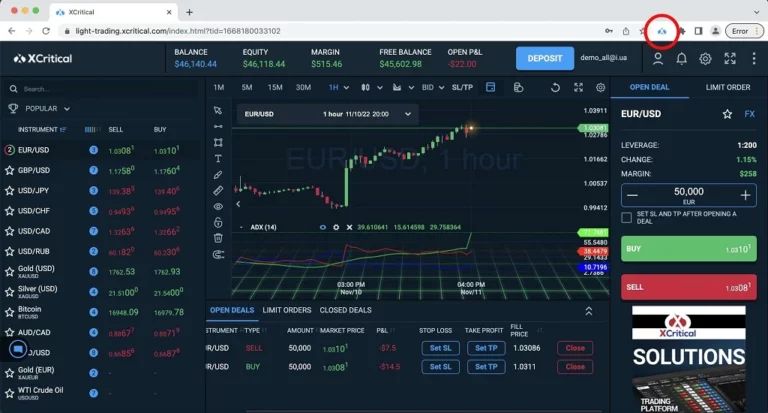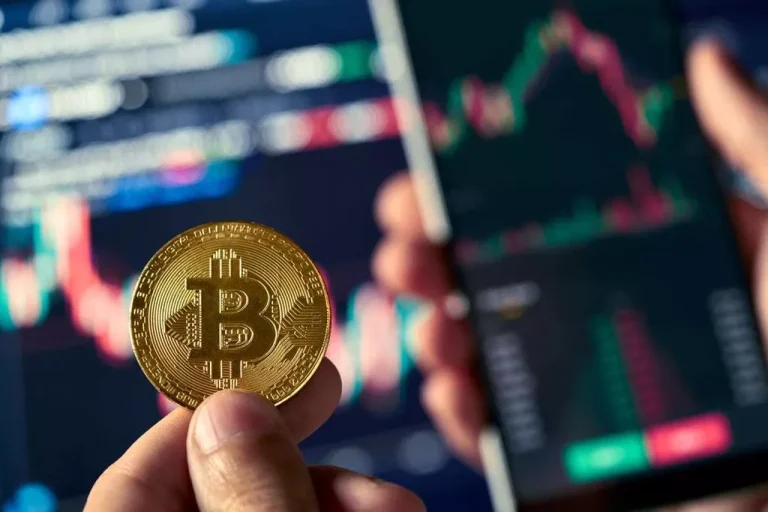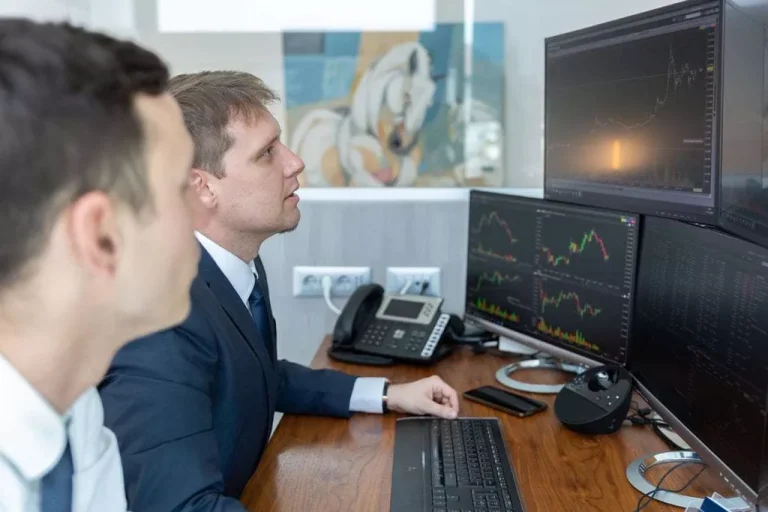Non-Fungible Token NFT: What It Means and How It Works
Content
By enabling digital representations of assets, NFTs are a step forward in the reinvention of this infrastructure. Non-fungible tokens (NFTs) are assets like a piece of art, digital content, or video that have been tokenized via a blockchain. Tokens are unique identification codes created from metadata via an encryption function. These tokens are then stored on a blockchain, while the assets themselves are stored in other places. The connection between the token and the asset is what makes them unique. The most vocal crypto advocates — venture capitalists, celebrities, and popular creators — believe NFTs can https://www.xcritical.com/ “democratize art” and creative patronage at large.
What Are the Potential Risks of Leveraging Influencer Marketing in the NFT Space?
So someone created this site called The NFT Bay as a sort of art what does nft mean in text project, where they put up a torrent pointing to a 19TB ZIP file, which they said included every NFT on the Ethereum and Solana blockchains. Sometimes the media the NFT points to is stored on a cloud service, which isn’t exactly decentralized. It’s not bulletproof, but it’s better than having your million-dollar JPG stored on Google Photos.
Do the Research and Write Your Marketing Strategy
You can indeed go from selling knitwear on Etsy to selling an NFT of your wares on OpenSea, although there’s no guarantee you’ll make more money doing so. (And a substantial chance you won’t.) Any digital file, more or less, can be turned into an NFT. • We’re entering the metaverse era — an age in which more of our daily interactions and experiences will take place inside immersive digital worlds, rather than in offline physical spaces.
How to Find New Clients for Your Social Media Agency
Influencers have the power to reach a wide audience and generate buzz around your NFT projects, increasing their visibility in the market. Social media platforms such as Twitter, Instagram, and Discord offer unique opportunities to connect with the NFT community and build strong networks. These platforms enable you to engage with artists, collectors, and enthusiasts, and share your NFT creations or collections with a wider audience. A non-fungible token is a digital identifier recorded on the blockchain.
Even as artists, collectors and speculators benefit from the NFT craze, the phenomenon is not without its dark side. The barriers to entry—it costs money and requires tech savvy to sell an NFT—could prevent some creators from joining in on the action. Many are concerned that young artists of color in particular will be left out, as they have long been marginalized in the “traditional” art world. Legal experts are scrambling to determine how existing copyright laws will interact with this new technology, as some artists have had their work copied and sold as an NFT without their permission. “It’s providing another platform for people to take advantage of other people’s work,” says artist Connor Bell, whose work was plagiarized and posted on an NFT marketplace.
When it comes to leveraging influencer marketing in the NFT space, there are potential risks to consider. From authenticity concerns to market manipulation, it’s important to navigate this landscape carefully for long-term success. As you navigate the ever-changing algorithms and platform restrictions on social media, it’s crucial to stay proactive and adapt your strategies to maximize opportunities for community engagement. Through strategic use of hashtags, mentions, and engaging content, you can attract attention and generate interest in your NFTs. Additionally, social media provides a space for collaboration opportunities within the NFT community, allowing you to connect with like-minded individuals and explore new creative ventures.
This means they are tied to the ebb and flow of cryptocurrency values, which can be both a positive and a negative. But even investors who see NFT art solely as an asset to be bought low and sold high are putting money into artists’ pockets. Andrew Benson, a Los Angeles-based artist, has been experimenting with psychedelic, glitchy digital video work for years. He’s landed his work in museums and galleries, but he’s long held a day job at a software company and taken on commission work for musicians like M.I.A. and Aphex Twin to support himself. “For a long time, my perspective has been that the best way to survive as an artist is to not have to survive as an artist,” Benson says.
Now, through the use of blockchain technology and smart contracts, items can be stored and tracked on a secure public ledger, meaning they can never be destroyed or taken away from their owner. This opens up a whole new world for collectors and artists alike, as it allows them to create and trade digital assets in a trustless and decentralized manner. Artists and creators can upload and certify, or “mint,” any digital asset — 3D animations, video clips, tweets, music — on the Ethereum blockchain. This process codifies the NFT, establishing a verifiable record of price, ownership, and transference, and prevents the file from being digitally forged or replicated. Once it’s uploaded, the NFT will exist permanently on the blockchain, so long as the chain remains in operation. As a result, no two NFTs are purely identical, since each piece contains unique digital properties.
- NFT creators can choose to include additional rights in an NFT sale.
- Since NFT transactions take place on a secure blockchain, the ownership record cannot be copied or stolen.
- NFTs are created through a process called minting, in which the asset’s information is encrypted and recorded on a blockchain.
- For example, NFT Community on Facebook has more than 60,000 members.
- You can indeed go from selling knitwear on Etsy to selling an NFT of your wares on OpenSea, although there’s no guarantee you’ll make more money doing so.
- These assets can be bought and sold by players, and include playable assets like unique swords, skins or avatars.
- The primary difference between cryptocurrency and NFTs lies in their value.
When real game developers like Ubisoft and the studio behind STALKER have said they’d integrate NFTs into their games… The companies have either had to scrap their plans entirely or severely tone down the amount of blockchain stuff in their games. But we have seen big brands and celebrities like Marvel and Wayne Gretzky launch their own NFTs, which seem to be aimed at more traditional collectors, rather than crypto-enthusiasts. Whoever got that Monet can actually appreciate it as a physical object. With digital art, a copy is literally as good as the original.
Ultimately, everything you do on social media has to connect with another human to be successful. This is true even for B2B companies where there is always a decision-maker. Your marketing and business strategy needs to be reviewed and updated at least once a year.
Another person might only want to own it, yet another might consider it memorabilia of a specific moment they treasure. Yarilet Perez is an experienced multimedia journalist and fact-checker with a Master of Science in Journalism. She has worked in multiple cities covering breaking news, politics, education, and more. Her expertise is in personal finance and investing, and real estate. – Build relationships with people in the highly-active NFT community.– Educate consumers on what NFTs are, and on the benefits of owning them.– Work closely with their teams to develop and market their products.
Perhaps the most famous use case for NFTs is that of cryptokitties. Launched in November 2017, cryptokitties are digital representations of cats with unique identifications on Ethereum’s blockchain. They «reproduce» among themselves and create new offspring with other attributes and valuations compared to their «parents.» Like physical money, cryptocurrencies are usually fungible from a financial perspective, meaning that they can be traded or exchanged, one for another. For example, one bitcoin is always equal in value to another bitcoin on a given exchange, similar to how every dollar bill of U.S. currency has an implicit exchange value of $1. This fungibility characteristic makes cryptocurrencies suitable as a secure medium of transaction in the digital economy.
An NFT is a digital work of art that’s part of the blockchain. Once that capacity is reached, the block closes and links to the preceding block via cryptography, creating a chain. Cryptography creates an unchangeable timestamp when one block links to another. This permanent record verifies the accuracy of sensitive information like transactions. Traditional databases, on the other hand, are typically controlled by a central authority. Sensitive data may be managed and maintained by an organization or administrator.
Tokens, in crypto speak, are units of value stored on a blockchain. Cryptocurrencies like Bitcoin, Ether and Dogecoin are tokens, but not all tokens are meant to be used as money. Failing to use the right social media marketing tools can slow you down, create miscommunication, make you look like an amateur, and worst of all, cause you to lose leads and customers. If you’re setting up a marketing agency with other people, what will your roles be? Will you be actively working on client projects or managing a team?
The most common way of buying and selling a non-fungible token is on an NFT marketplace, these are auction platforms created specifically to showcase NFTs. The most popular ones are OpenSea, Rarible, SuperRare, Nifty Gateway, Magic Eden and Foundation. It’s basically a unique digital identifier recorded in a blockchain. There’s a unique and non-interchangeable unit of data stored on a digital ledger using blockchain technology to establish proof of ownership, as with cryptocurrenices like bitcoin. The groundwork for the digital-art boom was laid in 2017 with the launch of CryptoKitties—think digital Beanie Babies. Fans have spent more than $32 million collecting, trading and breeding these images of wide-eyed one-of-a-kind cartoon cats.
Rarible is an Ethereum-based platform, so buyers must use a cryptocurrency wallet to make purchases. You can open a crypto wallet online at sites such as Coinbase or Metamask. NFTs, or non-fungible tokens, are one-of-a-kind digital collector’s items that are “minted” by blockchain technology. When it comes to leveraging influencer marketing in the NFT space, one key aspect to consider is the impact of influencers on NFT visibility and sales. Influencers play a crucial role in promoting NFTs and driving engagement within the community.
There are essentially two paths, or strategies, if you will, that you can take when marketing NFTs. First is traditional digital marketing, which is more suitable for targeting a broad audience. That approach has its limitations because NFTs are still a new concept for many potential investors. The other approach is to leverage the blockchain and cryptocurrency communities. This may involve targeted marketing using crypto influencers, communities on Telegram and Discord, and social media, especially Twitter. I’ve helped NFT clients with their marketing and PR efforts, and the first thing we do is mint the NFT and list it on a platform like OpenSea.
Well, like cryptocurrencies, NFTs are stored in digital wallets (though it is worth noting that the wallet does specifically have to be NFT-compatible). You could always put the wallet on a computer in an underground bunker, though. But technically, anyone can sell an NFT, and they could ask for whatever currency they want. “Right clicker” is sort of a joking derisive term used by NFT boosters to deride people who just don’t get it. The thought is that you’re completely missing the point if you think that just downloading (or pirating) a JPEG will actually get you the valuable part of an NFT. Real or not, it was an incredible piece of performance art, sparking a conversation (okay, closer to a flame war) about the right-clicker mindset.
The strange June 2022 Vanity Fair NFT cover shows there’s still an appetite for the technology. All this means that the fees can often add up to a lot more than the price you get for selling the NFT. It is also, however, now easier to create an NFT for free but placing the fees on the buyer and not the creator. Artists can help, by making efforts to create carbon-neutral artwork. But the problem goes deeper, because of the way blockchain works.



